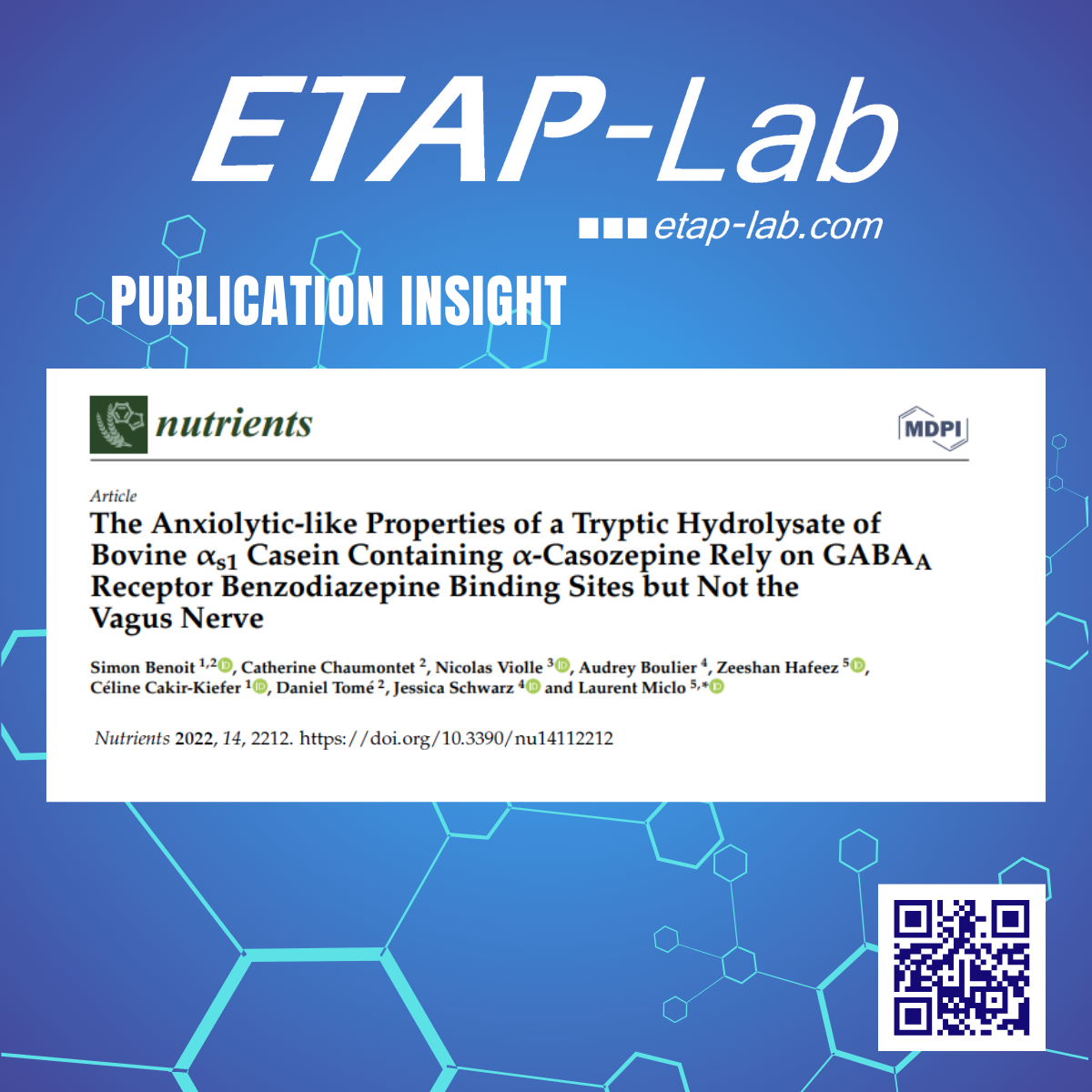A New Moisturiser Improves DNCB-induced Atopic Dermatitis-like Symptoms and Restores Skin Barrier Function in BALB/c Mice
Evaluation of a New Moisturiser for Atopic Dermatitis in a Murine Model
Introduction
Atopic dermatitis (AD) is a chronic, inflammatory skin disorder with eczematous and pruritic lesions. Topical moisturisers and either topical corticosteroids or calcineurin inhibitors are usually recommended. Restoring the skin barrier function alleviates AD symptoms.
Objective
To evaluate the efficacy of a new moisturiser compared to commercially available products in an AD murine model.
Methods
Experimental AD was induced with topical applications of 2,4-DiNitroChloroBenzene (DNCB) on the shaved back skin of BALB/c mice from Day 1 to Day 38. Mice were randomized to either Vehicle/-, DNCB/-, or DNCB/Eczekalm (test product), DNCB/Atopiclair®, or DNCB/Lipikar (reference products) groups. Once daily application of either Eczekalm or Atopiclair® or Lipikar on the AD lesion was performed from Day 32 to Day 38. The AD severity index (ADSI) and animal behaviour were monitored throughout the study. The trans-epidermal water loss (TEWL) was measured on the sacrifice day (Day 39).
Results
At Day39, ADSI in the DNCB/Eczekalm, DNCB/Lipikar, and DNCB/Atopiclair® groups were significantly lower by -70%, -68%, and -57%, respectively, as compared to DNCB/- (p < 0.001). No sign of erythema was observed in the DNCB/Eczekalm group. Mean scores of skin oedema, excoriation, and dryness in the DNCB/Eczekalm, DNCB/Lipikar, and DNCB/Atopiclair® groups were significantly lower than in the DNCB/-. No significant difference was observed between DNCB/Eczekalm and DNCB/Lipikar
Link to Pubmed


